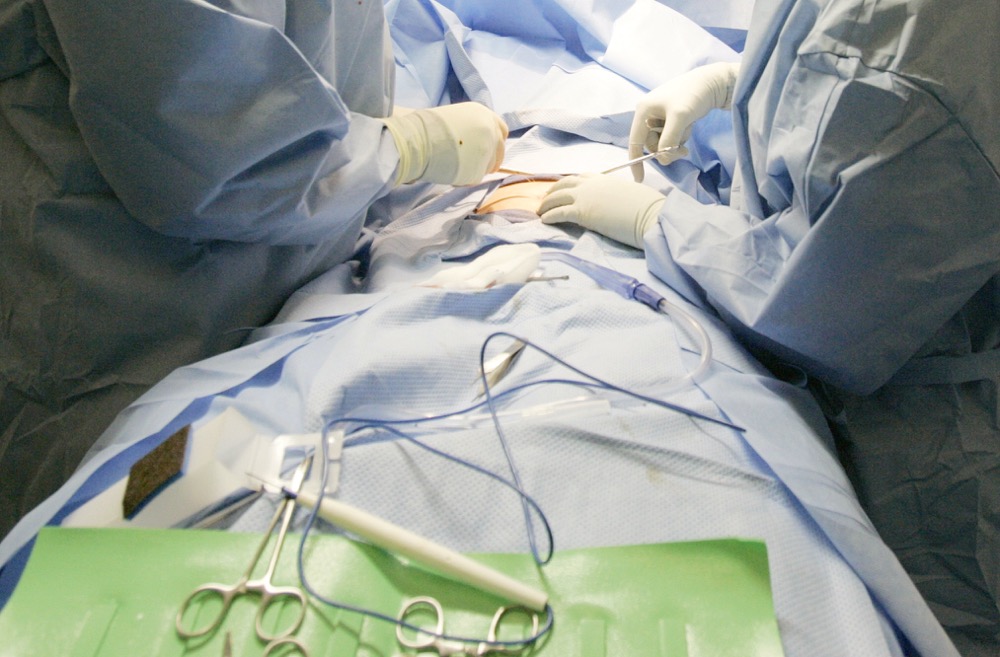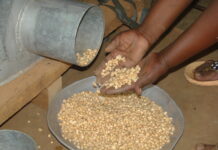
In this scenario a reporter covering a story about medical malpractice in a hospital discovers that the consultant involved is a relative. What should they do?
The reporter is torn between familial loyalty and journalistic integrity. Upholding ethical standards demands exposing the truth, potentially jeopardising their relationship and causing personal pain.
Conversely, suppressing the story would betray their professional duty and allow harm to continue, creating a conflict where personal and professional lives collide, forcing a choice between family and truth.
What would you do?
- Investigate the surgeon thoroughly. The fact they are a relative will not deter you from doing your duty as a journalist.
- Try to dissuade your news editor against the story. You know your relative to be a competent and committed surgeon. Sometimes things go wrong during operations and patients die.
- Tell your news editor that you are related to the person in question and ask for someone else to be assigned to the story.
Suggested action
It is difficult to be 100% impartial when dealing with stories about family or friends. Also, public perception is important. Even if you do investigate the allegations thoroughly and write the story – your audience still has to believe that your professional integrity was not compromised. By separating yourself from the story at the outset the audience can continue to trust your news organisation. So option three is probably the best course of action.

Analysis:
This scenario presents a classic conflict of interest, a core ethical challenge in journalism. It highlights the tension between:
- Professional duty: The journalist’s obligation to investigate and report the truth, especially when public safety is at stake.
- Personal relationships: The natural inclination to protect and support family members.
- Public trust: The need to maintain credibility and impartiality in the eyes of the audience.
The options:
- “Investigate the surgeon thoroughly. The fact they are a relative will not deter you from doing your duty as a journalist.”
- While noble in theory, this option is fraught with practical and perceptual problems. Even with the best intentions, unconscious bias can creep in.
- The public’s perception is crucial. Regardless of the report’s accuracy, the relationship will cast doubt on its objectivity.
- Emotional involvement can cloud judgement, making it difficult to maintain the necessary distance for rigorous investigation.
- “Try to dissuade your news editor against the story. You know your relative to be a competent and committed surgeon. Sometimes things go wrong during operations and patients die.”
- This is a clear breach of journalistic ethics. It priorities personal loyalty over the public’s right to know.
- It suggests a cover-up, which would severely damage the news organisation’s reputation.
- This option is not a viable ethical choice.
- “Tell your news editor that you are related to the person in question and ask for someone else to be assigned to the story.”
- This is the most ethical and responsible course of action.
- It acknowledges the conflict of interest and protects the integrity of the investigation.
- It maintains the journalist’s professional reputation and the news organisation’s credibility.
Issues:
- Transparency is essential: The suggested action emphasises the importance of transparency. By disclosing the relationship, the journalist demonstrates honesty and integrity.
- Avoiding the appearance of impropriety: Even if the journalist could conduct a perfectly unbiased investigation, the mere appearance of a conflict of interest can erode public trust.
- The importance of editorial independence: This scenario underscores the need for news organisations to have clear policies on conflicts of interest and to uphold editorial independence.
- The weight of the allegations: The fact that people have died, elevates the severity of the situation, and makes the need for a non biased investigation even more important.
- The emotional toll: It is important to acknowledge the emotional toll that this situation would take on the journalist. Dealing with allegations against a family member is very difficult.
In this scenario, a journalist faces a significant ethical dilemma due to a conflict of interest. While the desire to investigate and report the truth is strong, the potential for bias and the importance of public trust necessitate a different approach. The most ethical course of action is for the journalist to disclose their relationship to their news editor and request that another journalist be assigned to the story. This ensures a fair and impartial investigation, preserving the integrity of the news organisation and upholding the public’s right to know. The suggested action of removing oneself from the story, is the only action that maintains ethical journalistic standards.








